Book Review - Ben Aaronovitch's Broken Homes

Published by: DAW
Publication Date: February 4th, 2013
Format: Paperback, 325 Pages
Rating: ★★★
To Buy
Sometimes police work isn't flashy it's just putting your nose to the grindstone or your feet to the pavement. Which is how the Folly has compiled and is slowly eliminating members of the Little Crocodiles, that infamous Oxford dining club founded by Geoffrey Wheatcroft, in an attempt to put a name to the Faceless Man. Because they obviously can't put a face to this dangerous rogue magician given his apt moniker. Which is how the Folly gets drawn into a car crash, a dead woman with her face blown off by a shotgun, a one-under suicide, a man burnt from the inside out, and the legacy of a famous Brutalist architect. All these cases seem to have no connecting thread other than they could tentatively link back to the Faceless Man. They hope. But there does seem to be a link from a large percentage of the cases to the German architect Erik Stromberg and his famous Skygarden Estate near Elephant and Castle. He was one of those architects who believed that the environment in which a person lived could make them better. He was an idealist whose work in actuality could never live up to his vision; utopia through Brutalism was never going to work when confronted with the workaday world. Because the Folly has less oversight than other police departments, despite their tendency to destroy everything from ambulances to underground stations, it is decided that going undercover at Skygarden Estate might be the fastest way to get answers. They can infiltrate meetings of tenants, see inside apartments after being invited over for tea, be on the ground when whatever is about to happen happens, or, if they're really lucky, their presence will deter the Faceless Man. Peter and Lesley set up base on a floor that is mostly abandoned apartments. In fact much of the building is sealed off by Country Gard, most likely in hopes the that the building gets delisted and they can demolish it. But behind those seals new work is being done. There's new concrete poured over channels in the ground. Something is going on and their arrival isn't slowing down whatever the Faceless Man has in motion. If anything it's speeding it up. Yet, what's the worst that could happen? It's not like they'll destroy the Estate and face the ultimate betrayal is it?
The problem with Broken Homes is that even though the surprise ending is spectacular it can't save it from the fact that the first half of the book is exposition. In the previous three volumes we're immediately in the weeds of the case, here it's information slowly trickling in from different sources until they finally develop a plan beyond wait and see. And wait and see isn't an exciting plan to read about let me tell you. And yes I know it's probably more realistic, but this series is about magicians, so realism went out out the window a long time ago. The star of this volume is the Skygarden Estate, not at all connected to the real Sky Garden in London which looks like some sort of weird speaker and not a Brutalist architect's ideal of future living. There's a wonderful High-Rise vibe to it, but actually better than High-Rise because I legit don't like that book. Though, much like Peter who dreamed of being an architect until his drafting skills didn't come up to snuff, it's just the whole aesthetic and quirkiness of Brutalism that gives this book life. Because if there's one subset of architecture that is legitimately insane it's Brutalism. You think mid-century modernists are weird with their kitsch, or devotees of Frank Lloyd Wright are odd with their love of his uncomfortable homes and furniture, it's nothing compared to Brutalists! NOTHING! Because what Aaronovitch gets is that Brutalism has attracted all this weird mythology and baggage to it. Not only did I take a class entitled "German Architecture: The Modern Movements" but my University has one of the most notorious Brutalist buildings that just happens to house the art department; The Humanities building by a Harry Weese. Since the late sixties rumors have spread; it was a maze, it was designed to be riot proof, it was built upside down, that the architect killed himself, none are true, except that the sixth floor men's bathroom has no doors because it was a hookup spot, that's true, but all the rest sounds like they could be applied to Skygarden too, maybe even the bathroom bit. The art department is only on the sixth and seventh floor, only accessible by certain, not all, staircases, with minimal light. On the sixth floor there's only a window at floor level under a concrete bench or at the ceiling, which you can only look out of by climbing onto the concrete bench. The seventh floor has dim skylights. So while yes, this book was flawed, I still strongly connected to it, the Brutalism that is in this book is also in my bones.

























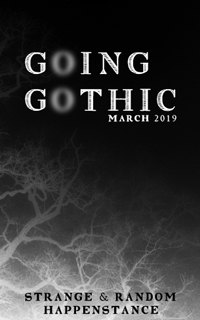
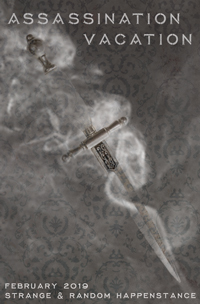













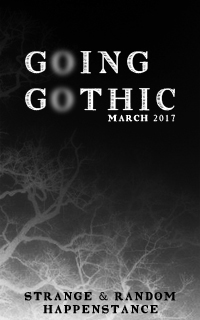

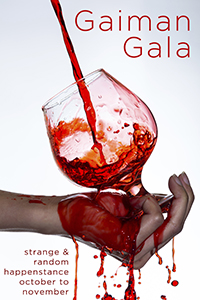




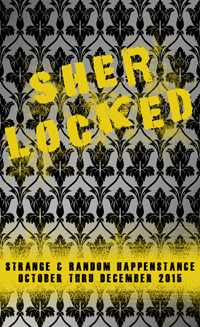
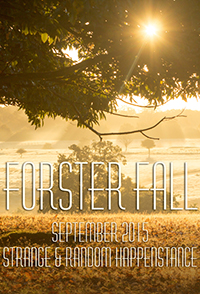

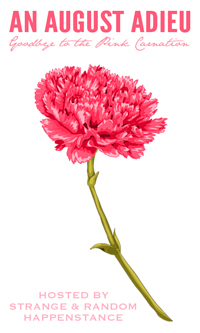




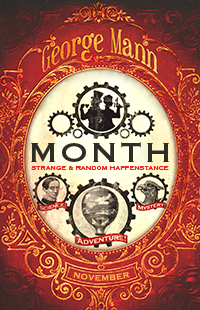






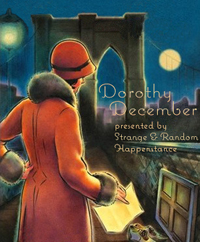























Post a Comment